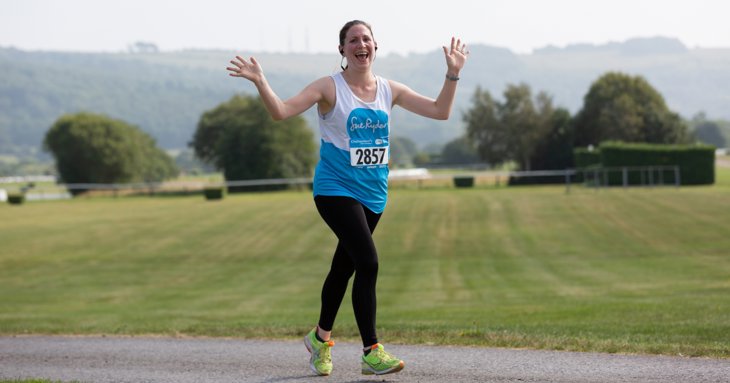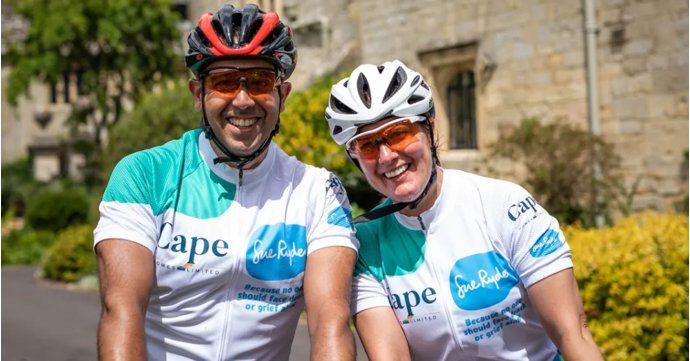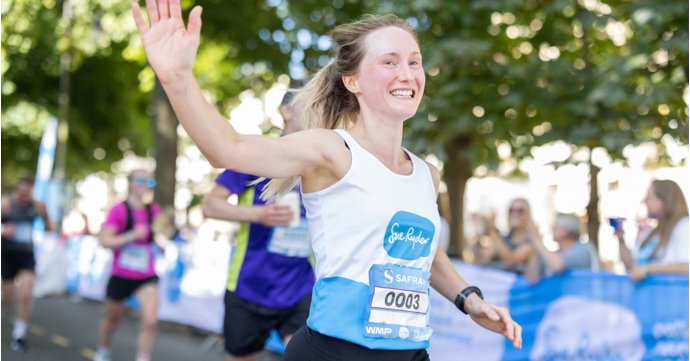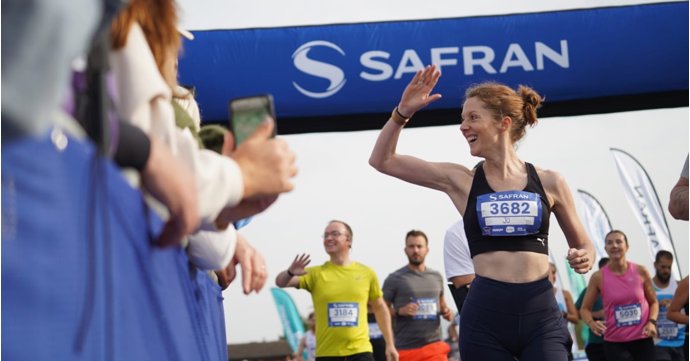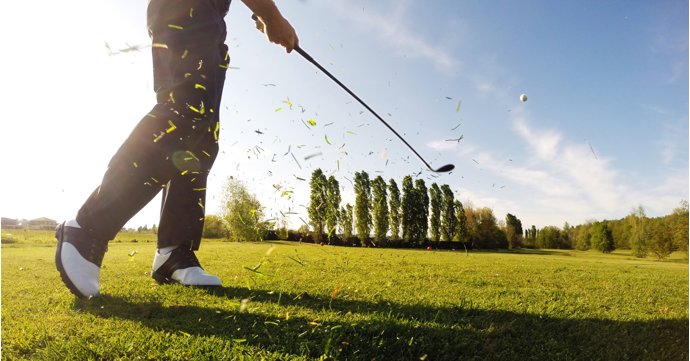Inspiring Gloucestershire to hit the ground running and raise vital funds for the county's only in-patient palliative care unit, Sue Ryder is encouraging people to sign up for this year's Run Cheltenham event — completing one mile, 10k or a half marathon in aid of Sue Ryder Leckhampton Court Hospice.
With training being so important in the lead up to any long-distance run, SoGlos spoke to Sue Ryder's go-to running expert, Nick Anderson, about his top tips for those looking to lace up their trainers and get race day-ready.
About the expert - Nick Anderson, professional running coach from RunningWithUs
RunningWithUs founder and expert coach, Nick Anderson, has over 25 years of running experience and has advised and trained runners of all levels, from complete beginners to elite athletes.
Using his wealth of knowledge to support Sue Ryder and its team of affiliated runners, he's on hand to answer questions and share advice on everything from training plans and dealing with injuries, to race day preparation.
How should a beginner work out what their race pace should be?
As a beginner, rather than focusing on pace, think about effort and how hard you’re working. Think of your effort on a scale of one to 10 — one doing nothing and 10 being absolutely flat out!
You should consider the distance of the race when thinking about running to effort. For example, 5k should be about an eight out of 10 on the scale; 10k, about seven out of 10; a half marathon, about six or seven out of 10; and for a beginner, a marathon should be run at a conversational pace, so about a five out of 10.
As you become more experienced as a runner and become more aware of what your pace is after you do races, you can then work to pace a little bit more; although we still recommend that you run mainly to effort in your training with perhaps a little bit of race pace in your training in the final few weeks.
Why is it important to do a mixture of easy, long and race pace runs while training for a 10k or half marathon?
Easy, long and race pace runs in your training bring a different benefit to your running. Put them all together in your training plan and you’ve got a recipe for success!
Easy runs develop your aerobic capacity, endurance and fatigue resistance. Easy runs increase mitochondrial and capillary density, which means you can get more oxygen to your muscles. Over time, easy running helps to increase your running volume and efficiency.
Threshold running is also super important to get into your training. After the long run, threshold runs are probably your most valuable workout. They are run at a controlled brisk pace, about 80 to 85 per cent of your maximum heart rate — or an eight out of 10 on effort level, so you’ll only be capable of uttering a couple of words to your training partners. These runs improve your lactate threshold, the speed above which your body struggles to cope with the lactic acid created by burning energy without oxygen; as well as your running economy and aerobic capacity.
The long run does what it says and it allows to you get better as running longer over time. It’s a very important element to your training regardless of the distance of your race, but only works if you get your threshold runs right too!
Race pace runs allow you to practice how your pace is going to feel on race day… we tend to put these into plans in the final few weeks of training, if you are more of an experienced runner.
Why is it important to practice cross training as well as running?
Cross training is a useful tool when training for any race. Cross training is any form of low-impact aerobic activity, so this can be on the cross trainer, rower, cycling or swimming. It’s useful if you are suffering with an injury as it can allow you to carry on with your training to a certain extent. It’s another way to build your fitness without any impact issues. As always, monitor recovery and energy levels with your running and cross training and listen to what’s working for your body.
What are your top tips for staying safe while running and avoiding injury?
If and when running in the dark, stick to well lit pavements and wear appropriate hi-vis clothing so you are seen and take your mobile phone with you in case of emergencies.
The biggest way to avoid physical injury when running is to get yourself strong! Incorporating strength and conditioning into your weekly routine is key. Keep your posture and form strong with squats, lunges and single leg work; core work, such as planks; and body weight work, such as pull ups and press ups.
Avoid the 'terrible toos' when training, which are a sure fire way to pick up an injury. Too much running, too fast, too hard will lead to overtraining — following a plan that is progressive over time, with adequate rest and easy days in between is important.
Always remember to listen to your body and what it’s telling you. What you do outside of your running is important too, like getting the right nutrition, enough rest and sleep.
How important is nutrition during training and on race day? What should runners be eating and what foods should they be avoiding?
Alongside adequate rest and recovery, nutrition is as important as the training itself! It makes up part of what we call the training triangle — training, nutrition and rest — and all three are important and need to be considered for successful running and races.
It’s important to eat a good mix of food groups. Make sure you're getting enough protein for muscle growth and repair — think lean meat, eggs, fish, beans, nuts and pulses; carbohydrates for energy and refuelling — that's your pastas, breads, oats, potatoes and rice.
Fruit and vegetables are really important. Eat the rainbow! Variety is key and will give you all the vitamins and minerals your body needs.
There is no food that should be avoided so to speak, but highly processed food that are high in fat and sugar should be enjoyed in moderation!
Depending on the length of your race, you may need to think about fuelling on the go, too. Any run that is going to be over 90 minutes long will need some fuelling, usually in the form of energy gels. It's trial and error to find out what suits you best and what works for you, and it's important to practice your routine in training before the race day itself.
What are some ways runners can incorporate active recoveries into their training plans?
Active recoveries can come in the form of walking, Pilates, yoga and cross training. These can fit into your plan depending on your lifestyle and what works for you — and what you enjoy! On rest days, it’s important to take it easy, but some light movement and mobility work on these days will be beneficial in the long run.
Would you recommend investing in high-quality running gear and trainers?
In short, yes! Ultimately you need to wear what is most comfortable to you, so it’s a bit of trial and error. Getting yourself to a reputable running store which offers gait analysis is a great start. Try on a few suggested pairs and run a little — most stores allow this! — to see which feels the most comfortable for you.
High-quality gear usually stands the test of time and does what it says, absorbing sweat and keeping you dry, so it’s worth a good look around!


